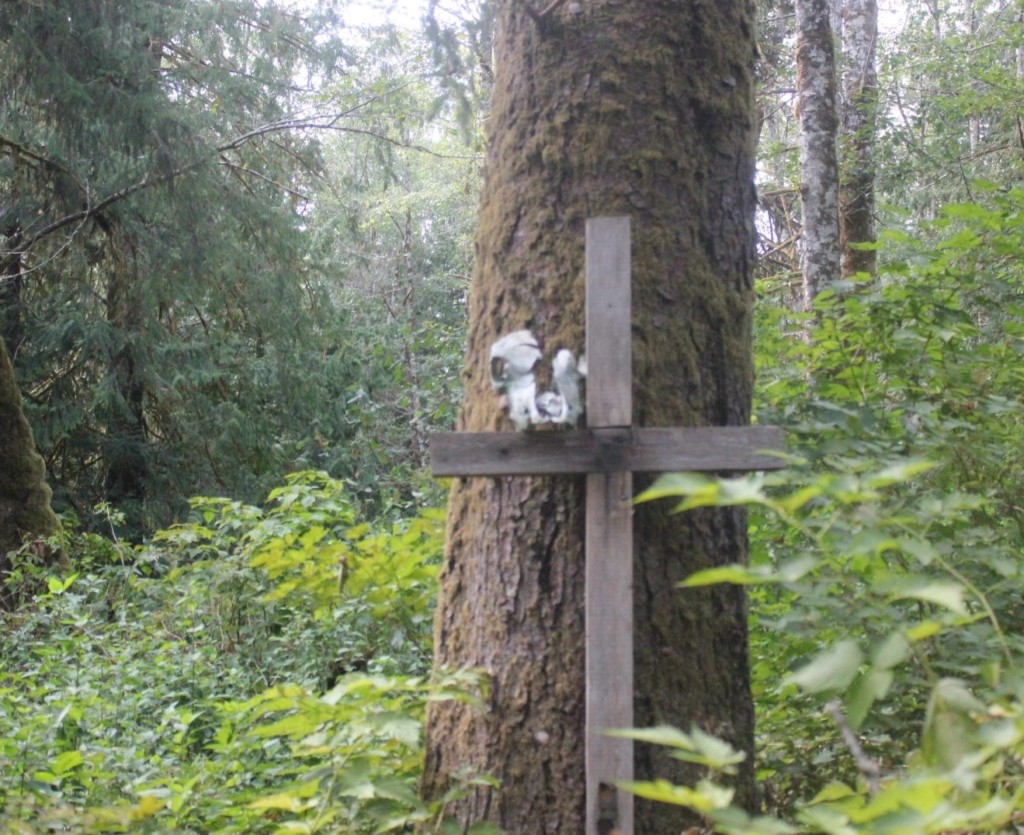
Lead investigator, Detective Constable Aida Rodriguez, said the assistance from Redgrave Research Forensic Services was a breakthrough.
Skeletal remains of two children found 70 years ago in Stanley Park finally identified
By Brandon Yip, Senior Columnist
One of Vancouver’s oldest unsolved murder cases had a significant development. In January 1953, the skeletal remains of two young children were discovered buried in a shallow grave near Beaver Lake in Stanley Park. The children’s identities have remained a mystery, until now.
The Vancouver Police Department held a press conference on February 15. Inspector Dale Weidman, commanding officer of the VPD’s major crime section, hopes this brings some closure to this tragedy. “These murders have haunted generations of homicide investigators, and we are relieved to now give these children a name and to bring some closure to this horrific case,” he said as reported by Global News. “Although significant folklore has surrounded this case for years, we must not forget that these were real children who died a tragic and heartbreaking death.”
Police stated the two children were brothers, Derek and David D’Alton (ages six and seven). Global News reported the boys were descendants of Russian immigrants who arrived in Canada after the 20th century. They lived in Vancouver and had a relative who lived close to the entrance to Stanley Park.
The “Babes in the Woods” case made the front page of the Vancouver Sun in January 1953. The children’s remains were discovered by a park employee (remains were later displayed at Vancouver Police Museum). The remains were covered with a woman’s fur coat. Other items found at the crime scene were a woman’s shoe, two aviator helmets, a lunch container and a hatchet blade, which turned out to be the murder weapon. Police determined the killings occurred in 1947 after the children were bludgeoned by a hatchet (revealed by markings on the two skulls). However, police incorrectly identified the children as a boy and a girl. In 1998, DNA extracted from the children’s teeth revealed the children were two boys (brothers with different fathers)—changing the investigation significantly.
Notably, what proved to be the pivotal moment in unearthing the mystery surrounding the “Babes in the Woods” case was the advancement of genetic databases. In February, CBC News reported a portion of the older boy’s DNA was sequenced and later uploaded to a genetic database. As well, Global News reported the samples were later provided to a Massachusetts-based forensic genetic genealogist company called Redgrave Research Forensic Services: “The Redgrave team was able to identify the maternal grandparents of one of the boys and construct a family tree by comparing the victims’ DNA to people who had submitted their own DNA to private companies for genetic testing.”
Lead investigator, Detective Constable Aida Rodriguez, said the assistance from Redgrave Research Forensic Services was a breakthrough. “We knew there were good odds of finding a living family member out there somewhere,” she said as reported by Global News. “But, once we discovered that DNA match, we still had a significant amount of work to do to locate family members, check school records, and confirm specific details about the victims so we could be absolutely certain about their identities.” Police were later able to find a distant relative of the boys living in a Vancouver suburb.
In a February Vancouver Sun article, police in 1953 suspected that the mother murdered the two boys—even though they did not know who she was. Inspector Weidman was asked whether the mother is still the prime suspect and he replied, “I think we have to…make that assumption. She would definitely be a person of interest if this case occurred today. Naturally, we would be looking at the mother.” Police declined to disclose the mother’s name. But according to Vancouver writer and author, Eve Lazarus, she wrote the mother’s name was Eileen Bousquet (birth name). She died in 1996.
Also attending the press conference were Dr. David Sweet, forensic dentist at UBC (who discovered the children were two brothers) and retired Vancouver Police Department homicide detective, Brian Honeybourn. Both men have a longstanding association with the “Babes in the Woods” case. Honeybourn spoke about remaining positive and having faith that the two brothers would one day be identified: “[We] kept it to ourselves what biological remains were kept for future advancement and DNA and scientific research. We kept that secret for [many] years.” Dr. Sweet summarized eloquently the significance of DNA in restoring the identity and dignity to the two young victims, murdered in cold blood 75 years ago: “We deserve an identity and we have an identity that we enjoy when [we are] alive. And we also deserve that when [we are] dead.”
